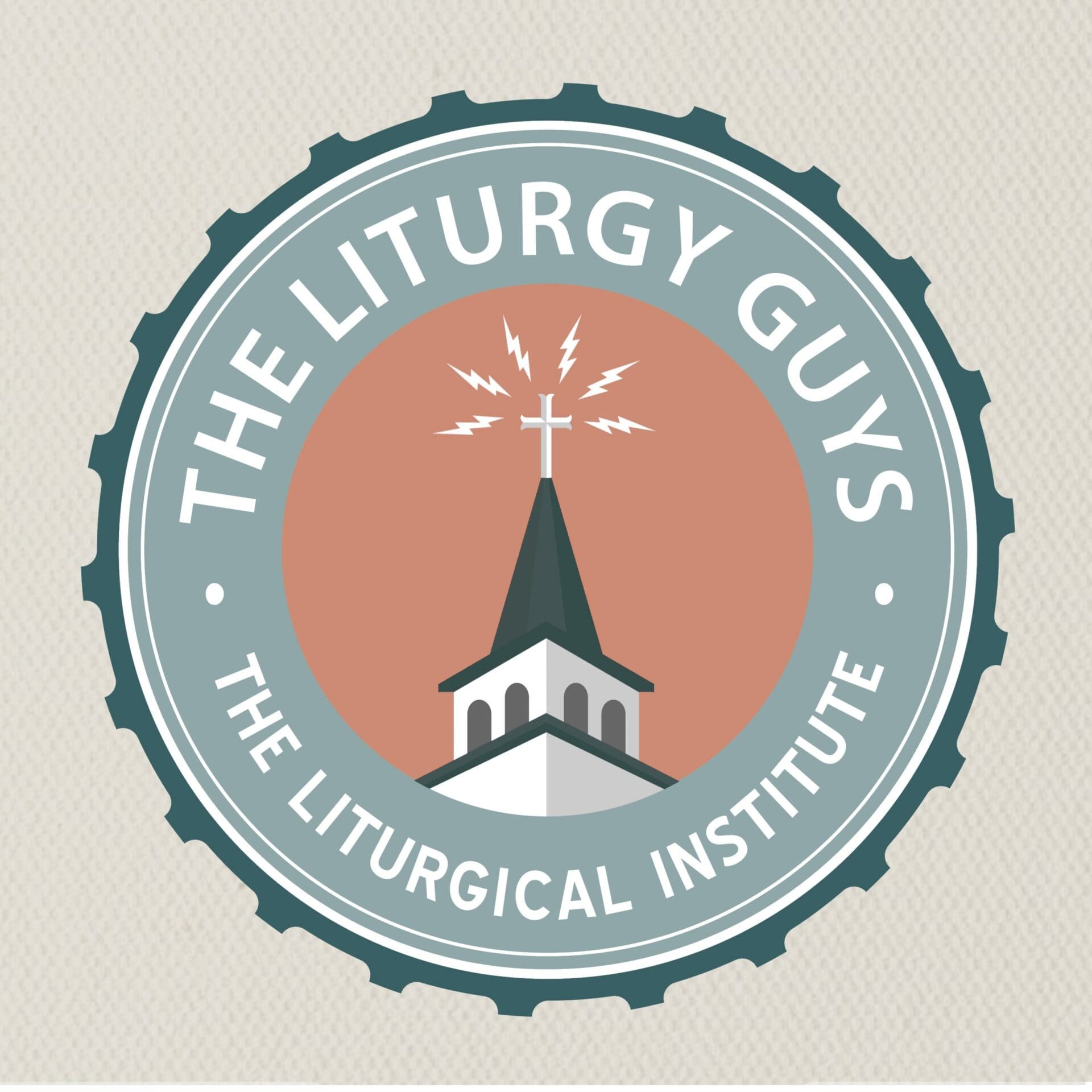To the Editor,
David L. Augustine’s insightful article, “The Altar Fire Returns,” presents some persuasive arguments about when the Lord’s Presence may have actually returned to the Temple, since the Ark of the Covenant did not return after the Babylonian exile. While N.T. Wright’s argument that Christ’s triumphal entry at Holy Week and Matthias Scheeben’s argument that Gabriel’s words to Our Lady carry weight, why should we not assume that the exile ended precisely when the Lord’s Presence and the Ark of the Covenant did in fact return to the Temple: at the Presentation of the Baby Jesus by Mary?
As Wright argues, there will be divine signs when the exile has ended, “the divine fire descending from God’s glorious presence.” Here, at the Presentation, the Holy of Holies returns with manifestations of the Holy Spirit (Luke 2:25-27), along with fire, the lumen ad revelationem gentium, and the glory, gloriam plebis tuae Israel (Luke 2:33). Furthermore, this manifestation of fire has been celebrated for thousands of years in one of the most ancient and beautiful of liturgical celebrations, Candlemas.
Sincerely in Christ,
Father Greg J. Markey
Shelton, CT
David Augustine responds:
Father. Markey,
Thank you for your kind words and thoughtful response to my article, “The Altar Fire Returns.” My response to your query as to whether the exile ended with Mary’s presentation of the child Jesus in the temple—and which is liturgically commemorated at Candlemas—is a resounding “yes, and….”
It seems to me that there are multiple layers of typological fulfillment at different stages in Christ’s life for the various types of the Old Testament. These levels of fulfillment are stacked on top of each other. At the most fundamental level, I agree with Scheeben. I think the level of fulfillment at the Annunciation is foundational for all other levels of Christological fulfillment of the Old Testament types. Every other level of fulfillment stands on the shoulders of the Incarnation. Moreover, the temple imagery connected with the Annunciation, I still maintain, lines up quite nicely with the return from exile imagery advocated by N.T. Wright. That said, I think you are right to also connect the return from exile imagery with the Presentation and its liturgical counterpart in Candlemas.
I accept your suggestion wholeheartedly: the Presentation is a kind of illustration of what was accomplished at its deepest level in the Incarnation. And yet the hypostatic union is the more fundamental reality, containing in itself at its core what is illustrated when Mary and Joseph carry Jesus into Israel’s temple precincts. It is moreover in this vein that I accept Wright’s suggestion that the return happened at the cleansing of the temple, but there with an especial emphasis on the idea of Jesus’ ministry serving to cleanse Israel from the existing impediments to the divine indwelling.
As I note in the article, however, and still maintain, I also think that there is a further operative fulfillment of the outpouring of divine fire—intimately connected with the motif of indwelling, since the antitype to the Old Testament fire communicates the divine indwelling—with the outpouring of blood and water from Jesus’ side on the Cross, which is the Christological real-symbol for the events of Pentecost.
On Pentecost, in the celebration of the sacraments of initiation, and in the life of the Church more broadly, the divine indwelling is communicated from head to members, and the end of exile from the divine presence is communicated to the mass of humanity insofar as human beings are incorporated into Christ, being sublated from our natural state by the action of the divine grace-fire imparted by the Holy Spirit. Moreover, as I intend to argue in a forthcoming work on this subject, this fire imagery too has a liturgical counterpart: the dispersal of the new fire of the Paschal Vigil from the Paschal Candle, Jesus Christ (the merits of his Passion being poured out via his resurrected humanity) to the candles held by the assembled congregation, whom he leads in procession from grace to glory.
In Christ,
David L. Augustine

